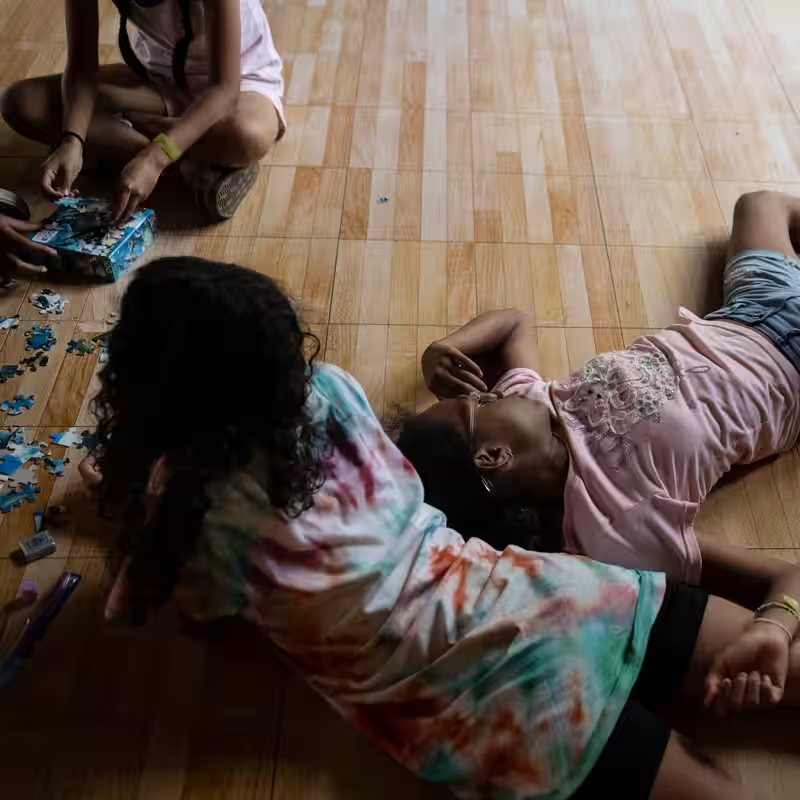Table of Contents
- Record-Breaking Numbers
- What “Homeless” Really Means in NYC Schools
- The Academic Toll of Instability
- Neighborhoods Hit Hardest
- What Leaders Are Proposing
- Sources
Record-Breaking Numbers
Last school year, a staggering 154,000 public school students in New York City were classified as homeless—the highest number ever recorded. To put that in perspective: if these children formed their own school district, it would rank among the top 20 largest in the entire United States, surpassing systems in Philadelphia, Denver, Baltimore, and San Diego combined.
This isn’t just a housing issue—it’s an education emergency. And at its heart lies the growing crisis of student homelessness in America’s largest city.
What “Homeless” Really Means in NYC Schools
Under federal education law, “homeless” includes more than just children sleeping on streets or in shelters. In fact, over half of these 154,000 students are “doubled up”—crammed into overcrowded apartments with relatives or strangers due to economic hardship.
Only about 5% were in motels or completely unsheltered. The rest—nearly 65,000—lived in the city’s shelter system, often moving between temporary housing with little stability or privacy.
“These kids aren’t just without a roof,” said Maria Odom, executive director of Advocates for Children of New York. “They’re without routine, safety, and often, hope.”
The Academic Toll of Instability
The consequences of student homelessness are devastating in the classroom:
- Nearly 80% of sheltered students in grades 3–8 scored below proficient in reading and math.
- Almost 40% of teens in shelters failed to graduate high school on time.
- More than 1 in 8 dropped out entirely.
- Over half of all homeless students were chronically absent—missing 10% or more of the school year.
Long commutes, unreliable transportation, and chaotic living conditions make consistent attendance nearly impossible. Even the city’s yellow school buses—meant to help—often arrive hours late.
Neighborhoods Hit Hardest
The burden of student homelessness falls unevenly across the five boroughs:
| Neighborhood | % of Students Homeless |
|---|---|
| East Harlem (Manhattan) | Over 20% |
| Brownsville (Brooklyn) | Over 20% |
| Bushwick (Brooklyn) | Over 20% |
| High Bridge (Bronx) | Over 20% |
| Staten Island (average) | Under 7% |
In roughly 30 NYC public schools, more than half of all enrolled students lack permanent housing. Meanwhile, over 1,500 schools reported zero homeless students—highlighting stark inequities within the same system.
What Leaders Are Proposing
With mayoral elections approaching, candidates are finally addressing the crisis:
- Zohran Mamdani (Democratic nominee) proposes expanding “family success centers” that assign caseworkers to sheltered families for regular check-ins.
- Andrew Cuomo (running as third-party) wants to scale up “community schools” that offer mental health care, meals, and after-school programs under one roof.
Advocates stress that without a coordinated, citywide strategy—spanning housing, education, and social services—the cycle will continue.
“Education is key to breaking the cycle of homelessness,” Odom said. “But our city is currently failing students in shelter.”
Sources
The New York Times: 154,000 New York City Students Were Homeless Last Year, a Record Number
Advocates for Children of New York




